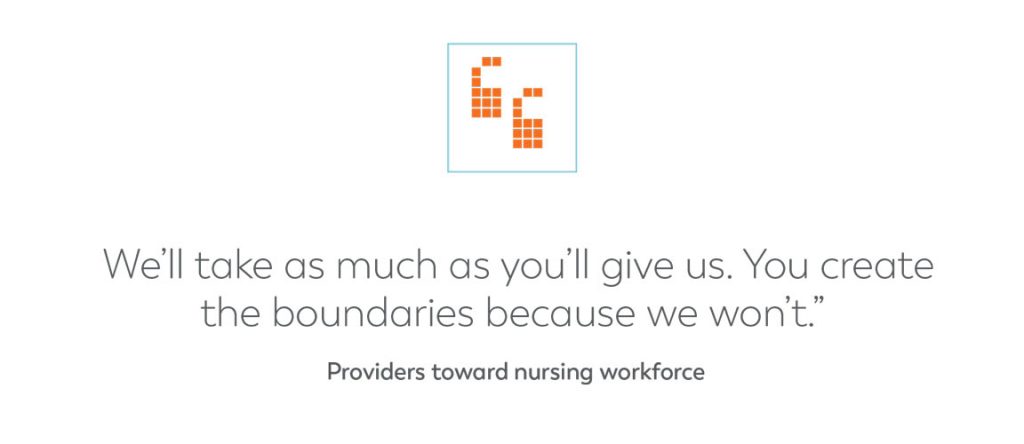Battling Burnout: Talking About Time
One of the major takeaways from our latest research, Combating Burnout in the Home Care Workforce, is that the nursing workforce is experiencing peak burnout at two key stages in their careers. The first hits after one to two years in the field, as the emotional toll of caregiving can feel overwhelming, and a second crops up around the seven- to nine-year mark, when frustration with leadership and tasks that consistently eat into personal time mounts. While there are no silver bullets for burnout, the most effective solutions to these phases involve how you think and communicate about time.
As the expansion of for-profit healthcare at home continues and oversight bodies push for a better understanding of cost structures, Fortune 500 best practice concepts around productivity, utilization and time management have become popular. In the past week alone, home care CEOs have shared with me their 5S initiatives and GEMBA walk findings. These concepts can be wonderful when executed with a thoughtful balanced focus on respect for the individual and an acknowledgement of the importance of team culture and dynamics. Unfortunately, these concepts are often and easily misinterpreted as productivity at all cost, especially during difficult times.
Case in point, consider your operations dashboard. Count how many metrics focus on productivity, utilization or cost performance. Do a similar number cover employee engagement, process solving, developmental training, internal promotions or culture building? These metrics are often the message administrators send through an organization – through mid-level leaders – and to front line teams.
If I surveyed your nursing workforce today, how would they say the organization defines success? How would they say the organization wants them to allocate their time?

According to our research and work with providers across the country, the message coming through to the nursing workforce is “We’ll take as much as you’ll give us. You create the boundaries because we won’t.”
That leads to hours spent charting after work hours. In our most recent survey, 97 percent of RNs and LPNs do at least some of their charting outside of work hours. Nearly 30 percent said they spend six or more hours charting outside of work hours each week. Over time, especially around the seven- to nine-year mark, this constant invasion into needed personal time boils over and leads to turnover.

In our report, we included a few best-practice solutions to reduce the burden of charting from providers across the country. These include:
- Documenting bedside
- Clarifying and reinforcing expectations on the when, how and how much of charting
- Designating time in work hours for charting
- Fully leveraging the capabilities of your EMR
- Creating a documentation workgroup to identify, propose and implement process improvements and training solutions
- Leveraging automation and transcription tools
- Delegating first-draft charting responsibilities to CNAs or non-clinical staff
Nurses tell us charting has long been one of the most difficult aspects of the job. Some have come to accept it as a difficult and unchanging reality. However, when we look at generational differences, Millennials and Gen Z are much less likely to accept situations as unchangeable than prior generations. To be an employer of choice for these generations, you must take on the elephant in the room.











